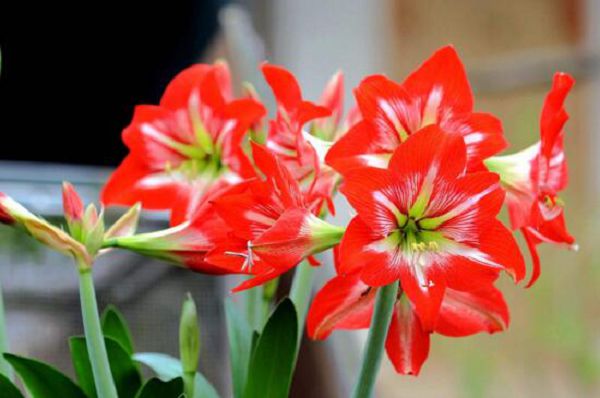How to avoid flower water rot?
How to avoid stagnant water and rotten roots of flowers? What are the points for attention in watering flowers? When cultivating flowers, they all need to be watered, but if you do not pay attention to the relevant matters when watering, it is very easy to cause the rotting roots of flowers, so how to water them? Let's learn more about it next.
First, different flower varieties, different living habits need to be distinguished when watering: for example, green pineapple, copper grass, ferns and other plants prefer water, so we can hand in more water in daily life. if you raise cactus, rich trees, succulent plants and other plants that you don't like very much, then enough is enough when watering.
Second, different seasons need to be treated differently when watering:
Because of the low temperature in winter, we should water less. Even when watering, we should choose to water when the temperature is relatively high, otherwise, the plants will be frozen. Summer is contrary to winter, when watering, do not choose when the temperature is high, otherwise plants are extremely vulnerable to burns, it is recommended that we choose evening or evening when watering in summer. Another thing to pay attention to is: don't pour it on the leaves when watering at night.
Third, when watering, we should also choose the appropriate water quality. Generally, it is better to choose soft water to irrigate plants. However, you can choose Rain Water, river water, pond water, or tap water, but do not use waste water. But it should be noted that if the local air quality is not good, for example, if haze is serious, Rain Water is not recommended; if tap water is used to water flowers, people need to dry tap water for a day before watering flowers, because tap water contains more chemicals. The common waste water in daily life is dishwashing water, washing water, etc., these water can not water flowers, otherwise the growth of flowers is very ugly.
Water that can be used to water flowers in addition to the above, we can use other ingredients of water, such as fermented rice water and beer, milk to water flowers, these water is very good for flowers.
Fourth, when watering, you need to seize the opportunity. When the basin soil is dry and wet (the upper part of the basin soil is dry and the bottom part is wet), it should be watered. Don't wait until the basin soil is dry before watering. If the basin soil is dry, shout that it must be watered thoroughly when watering, that is, to see the water flowing out of the hole at the bottom of the basin.
Fifth, different growth cycles, plants for water demand is different, so we need to pay attention to this when watering. Generally speaking, flowers should be watered more when they are growing vigorously. If plants enter the dormant period, then we should water less. Generally, plants only enter the dormant period in winter, so flowers can be watered less in winter.
Sixth, there are many methods of watering, and we should choose the one that suits us. The general watering methods include basin watering, basin sitting, cloth moisture absorption, drip irrigation and so on. Different methods can be used in different situations: for example, if you are not at home for a short time and need to go out for a period of time, then you can use cloth moisture absorption to water the plants, so that the growth of the plants will not be affected by the lack of water.
What are the points for attention on how to avoid stagnant water and rotten roots of flowers? The above is the explanation of how to water flowers and the matters needing attention in the process of watering. I hope it can be helpful to everyone. In addition, we need to remind you that no matter which kind of potted plants are watered in any season, we must master two principles: high quality, timely, appropriate amount and no dry water, and watering thoroughly, that is, each time until the water seeps from the plate under the basin.
Related
- What if the leaves of potted flowers turn yellow?
- Florescence Control of several Flowers
- Anti-freezing technology and post-freezing nursing technology of flowers
- What is the classification of flowers? What are the common methods of flower classification?
- Prevention and control of alkali and acid damage of flowers in courtyard
- Technology of Anti-freezing and restoring growth of Flower seedlings in greenhouse and greenhouse
- How does flower fertilization not hurt the root? Fertilization technology of flowers
- Key points of disinfection in flower greenhouse
- Several pesticides that are banned or used cautiously in flowers
- How to fertilize the flowers that watch the leaves?



